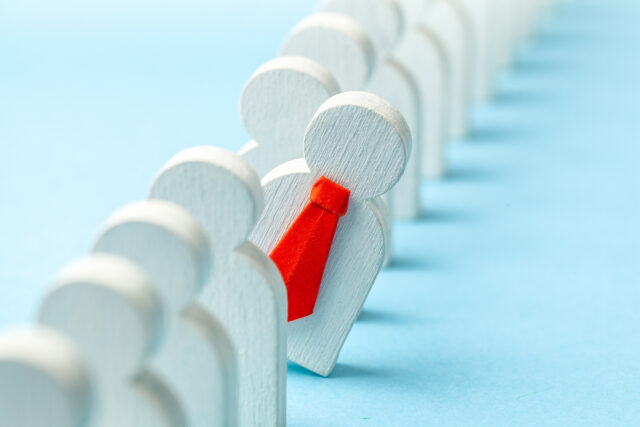
Age Discrimination Still a Major Obstacle for Older Workers
Alicia H. Munnell is a columnist for MarketWatch and senior advisor of the Center for Retirement Research at Boston College.
Despite being illegal, age discrimination persists in both hiring and retention.
Given that many workers can improve their retirement security by working longer, the attitude of employers towards hiring and retaining older workers is a crucial issue. A recent paper assesses the extent to which age discrimination is a barrier to working longer. The research clearly demonstrates that age discrimination remains a significant hurdle for older workers seeking to change jobs; the problem is particularly serious for women.
The most compelling studies on hiring discrimination are based on field experiments involving résumé studies. Researchers create résumés and cover letters for fictional applicants who are, on average, equal except for the age of the applicant. They then submit these applications for real job openings. The researchers then measure discrimination by the percentage of applicants for whom they receive interview requests (“callbacks”). While a callback is only a proxy for hiring, studies show that most of the discrimination occurs at the interview stage.
Résumé studies have generally shown substantial discrimination in hiring, but they suffered from two problems: they did not really make the résumés equal for the job; and they did not include applicants in their 60s. The most recent and largest study created résumés for three age groups: young (ages 29-31) middle-aged (ages 49-51), and senior (ages 64-66). The study involved sending over 40,000 applications for job openings across 11 states. The researchers sent applications to jobs that are realistic “bridge” jobs for seniors and that are also common for younger workers, such as administrative assistant and retail sales for women and retail sales, security, and janitor for men.
Figure 1 shows the callback rates by age and occupation for women and men. For all occupations, both senior women and senior men got lower callbacks rates than younger applicants. But the discrimination against older women is much greater. It also appears to start early: middle-aged women face discrimination, but their male counterparts do not.

While résumé studies show discrimination in hiring, they don’t address the issue of retention. The evidence on that front is equally discouraging. For example, a 2018 ProPublica story presents a strong case that IBM targeted older workers when it cut its workforce in the face of increasing competition.
Now what? People do need to work longer than in the past to ensure a secure retirement. With the aging of the population, millions of workers in their 60s will need jobs. We have legislation that makes age discrimination illegal. In fact the Age Discrimination and Employment Act of 1979 just celebrated its 50th anniversary. But discrimination persists.







